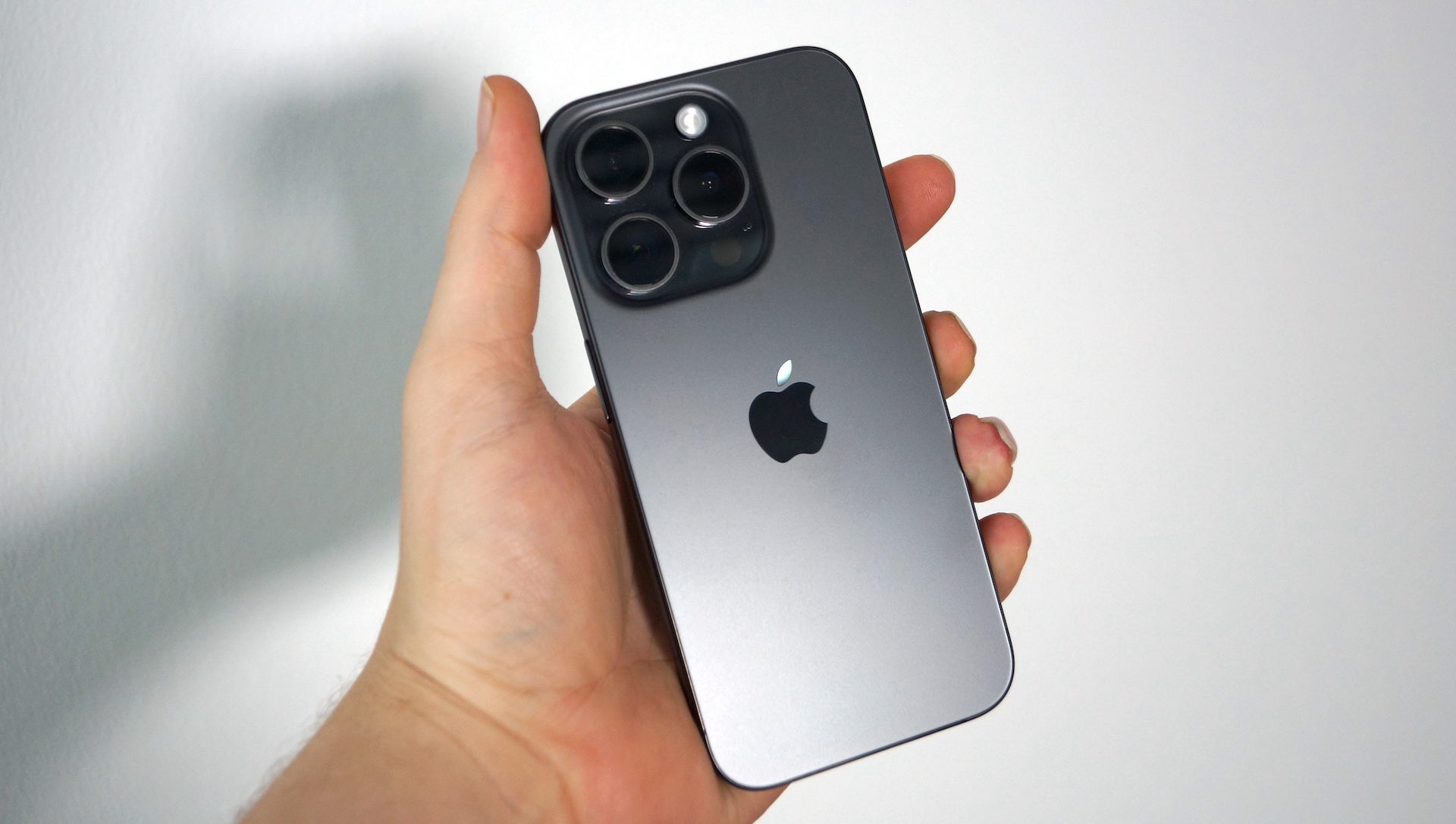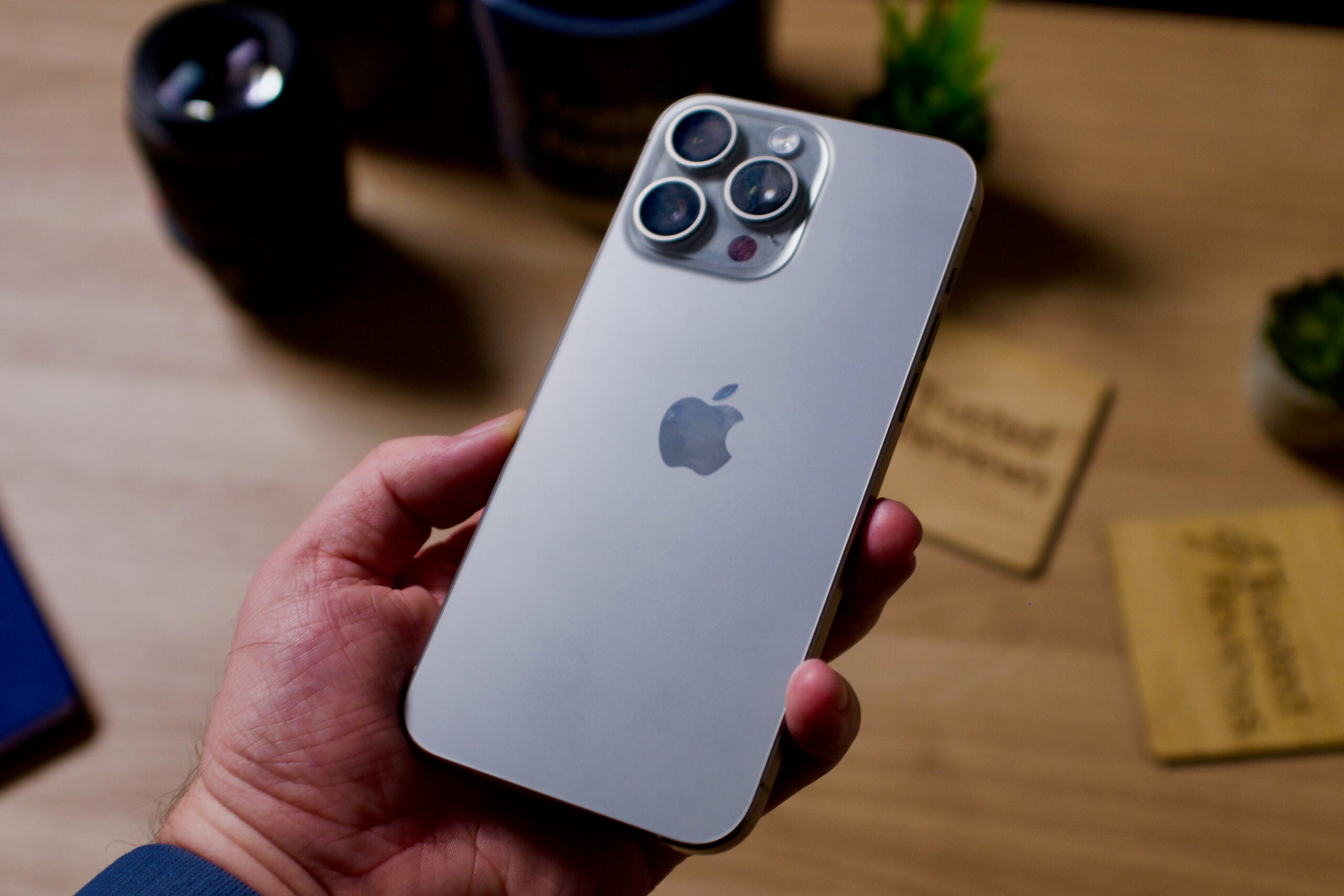Apple iPhone 15 Pro vs iPhone 15 Pro Max: Bigger phone, more features?

Apple recently released its latest two Pro phones for 2023, the iPhone 15 Pro and the iPhone 15 Pro Max.
So, what’s the difference? We’ve highlighted all the major differences between the new Pro and Pro Max to help you decide which high-end iPhone is right for you.
Pricing and availability
Both the iPhone 15 Pro and the iPhone 15 Pro Max launched in September 2023. Prices for the iPhone 15 Pro start at £999, while the iPhone 15 Pro Max is the most expensive iPhone starting at £1199.
Design
The iPhone 15 Pro and the iPhone 15 Pro Max look identical aside from their sizes. The iPhone 15 Pro is smaller with a 6.1-inch display, whereas the iPhone 15 Pro Max is larger with a 6.7-inch screen.
Otherwise, both phones feature the same Natural Titanium, Blue Titanium, White Titanium and Black Titanium finishes and both take advantage of recent features like the Action button and the Dynamic Island in place of the notch.


Both phones are also dust and water-resistant up to IP68.
We found both phones to be comfortable to hold – especially in comparison to the iPhone 14 Pro – and the new customisable Action button to be a useful update.
Camera
Both iPhone 15 Pro models include a triple camera array consisting of a 48-megapixel main sensor, a 12-megapixel ultra-wide sensor and a 12-megapixel telephoto sensor. However, where the iPhone 15 Pro can only reach 3x optical zoom, the iPhone 15 Pro Max can go as far as 5x.



Both cameras are also able to record 4K video with Dolby Vision at 60fps and pack matching 12-megapixel TrueDepth cameras on their fronts.
We found the 5x zoom on the iPhone 15 Pro Max to be far more useful than the 3x on the regular Pro, offering more versatility when shooting and allowing you to get much closer to far-away subjects.



Performance
The iPhone 15 Pro and the iPhone 15 Pro Max share the same chipset.
Both phones are powered by the new A17 Pro chip, which features a six-core CPU with two performance cores and four efficiency cores, a six-core GPU and a 16-core Neural Engine.
We found the A17 Pro to be incredibly powerful, allowing the phones to feel fast and responsive and comfortably outperforming Android phones in our benchmark tests.
Battery life
Regarding battery life, the larger iPhone 15 Pro Max has the advantage.
The Pro Max can support up to 29 hours of video playback (25 hours of streamed video playback) and up to 95 hours of audio playback, while the Pro offers up to 23 hours of video playback (20 hours of streamed video playback) and up to 75 hours of audio playback.
Both iPhones should last you a full day but you’ll most likely find yourself charging these handsets every night.
When it comes to charging, both models support Qi and MagSafe wireless charging and both support fast charging, though Apple claims that the standard Pro can reach 50% charge five minutes faster than the Pro Max.
Both phones also swap out Apple’s Lightning ports for USB-C charging.


